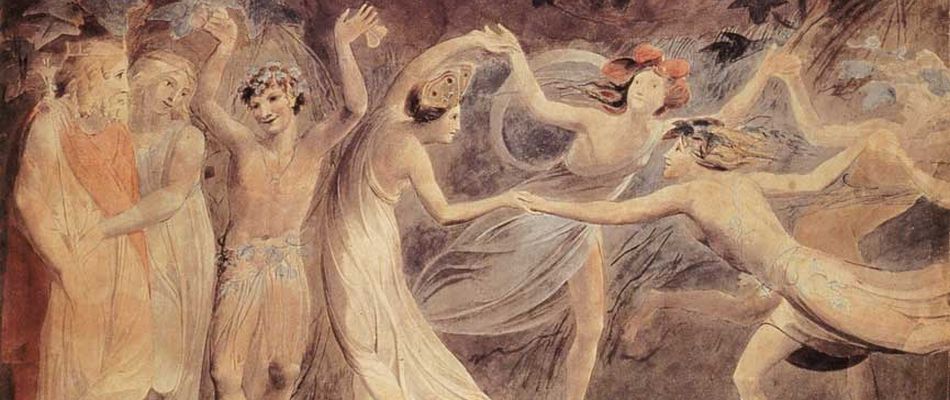Didaktik: Aesthetical learning. Resumé of masterthesis
Escribano - the writer. Wikipedia.
Aesthetical learning in relation to the use of Internet-services. A summary.
The use of websites plays a considerable role in the development of young people's identity and socialisation. The work in progress is an investigation of the unconscious development of social taste, characteristic for specific groups of youths, as it is considered a significant part of the student's total learning-process.
The project in progress is focused on "deep use" of websites and web services by a group of Danish upper secondary students (Htx-line: Higher technical exam). The main purpose of the work is to qualify and discuss the existence, nature and status of a phenomenon which here is labelled "aesthetic learning".
In the first part of the report philosophical, aesthetic and sociological terms is developed. The method of interpretation is inspired by works of, among others, Aristotle, Martin Heidegger, Michel Foucault, Pierre Bourdieu, Erwin Panofsky and Villy Sorensen.
The empirical material on which the second part is based consists of a so-called "log file" of what 214 students was doing in school, one day in 2005 "on the net", and the results of an on-line questionnaire.
Methodological and statistical problems which have to be solved before qualitative information can be read out of the voluminous log files are discussed.
The central hypothesis which has to be discussed in relation to the empirical material is that the use of websites nowadays plays a considerable role in the development of young people's identity and socialisation, and that this process may be characterised as a mainly unconscious development of social taste, characteristic for specific groups of youths.
This development of taste is considered a significant part of the student's total learning-process. This development of preferences of taste or a social aesthetic "on the web" has in the first place to be described in an inductive way based on the abovementioned investigations. The interpretation of typical preferences of websites leads to a characterization of a contemporary Danish web-youth-culture.
The results so far indicates that there are both collective, sub-group and individual preferences in the use of web-services; that the rather anarchistic use of the net consumes a lot of time, that the acquisition of "webtaste" is an emotional - and thereby aesthetic - learning process, and that the use of the internet (not of computers in general) mostly is viewed as having the purpose of giving "colour" to and harmonizing a demanding everyday.
So far - ultimo 2005 - this Master of Pedagogies (University of Southern Denmark www.sdu.dk ) graduation project is going on well, despite a mild turmoil in the midst of a general revision of the Danish upper secondary education.
Suggestions and comments are very welcome.
Erik Kruse Sørensen, Cand. mag./ Master of Arts

